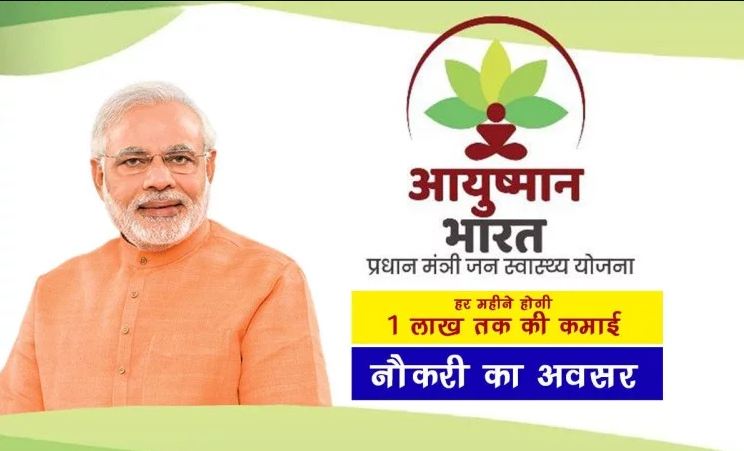A 50-year-old person named Devendra became the first beneficiary of open heart surgery under Ayushman Bharat scheme. The patient was operated by a team of doctors including Atul Gupta and Dinesh Jain in Pushpanjali Hospital in Agra, told Chief Medical Officer of Agra district, Mukesh Vats. Devendra comes from a low-income background and could not afford the open heart surgery. Under Ayushman Bharat scheme, it became possible for him to get treated. More than 3 lakh people have been treated under the scheme in last few months.
Modi government launched Ayushman Bharat, the national health protection scheme on September 23 from Jharkhand. The scheme will cover 10 crore poor families providing coverage up to 5-lakh rupees per family per year. Almost 50 crore people amounting to 40 percent of the total population will be covered under this scheme. Besides the insurance cover, the government will create 1, 50,000 wellness centers across the country. The wellness centers include sub-centers, primary health centers (PHC) and community health centers (CHC). The families to get benefit from the scheme will be identified from the Socio-Economic and Caste Census (SECC), 2011 data. “The scheme will create considerable employment opportunities … It will create 10 lakh jobs in health and insurance sector,” said Indu Bhushan, the CEO of Pradhan Mantri Jan Arogya Yojana at an event organized by Assocham. The National Health Protection Scheme (NHPS) will offer treatments at 20 percent lower rates than the Central Government Health Scheme (CGHS) and Rashtriya Swasthaya Bima Yojana (RSBY). “CGHS and Rashtriya Swasthya Bima Yojana (RSBY) rates have been used as reference prices for fixing the rates under the Modicare scheme. However, the rates under the new scheme are on an average 15-20% lower than that of CGHS,” said Bhushan.
Public healthcare is in a dire state in the country, as the Congress Party which ruled the country for decades could not provide universal healthcare despite its repeated promises to do so in every election manifesto. Healthcare in the country has primarily been in private hands being very expensive, therefore most of the poor people are denied affordable care. According to the draft of National Health Policy, “Over 63 million people are faced with poverty every year due to healthcare costs alone. It is because there is no financial protection for the vast majority of healthcare needs.” The poor and needy were earlier required to sell their assets in order to get quality healthcare or landed up borrowing money from Sahukars who levied heavy interests. The share of non-regular expenditure on healthcare in proportion to total household monthly per capita expenditure stood at 6.9 percent in rural areas and 5.5 percent in urban areas.
All the states except Kerala, Telangana, Odisha, and Delhi have joined the largest public healthcare insurance scheme in the world. The services are highly concentrated in urban areas while rural areas still lack basic infrastructure for healthcare. Even in urban areas, the services are available to only upper class who could afford private healthcare at expensive rates. Even after seven decades of independence, no serious efforts on the part of previous governments were made to universalize healthcare. But under Modi government, the first open heart surgery under NHPS is suggestive of the fact that the nation has been guided on the path of providing quality healthcare facilities to the poor.
